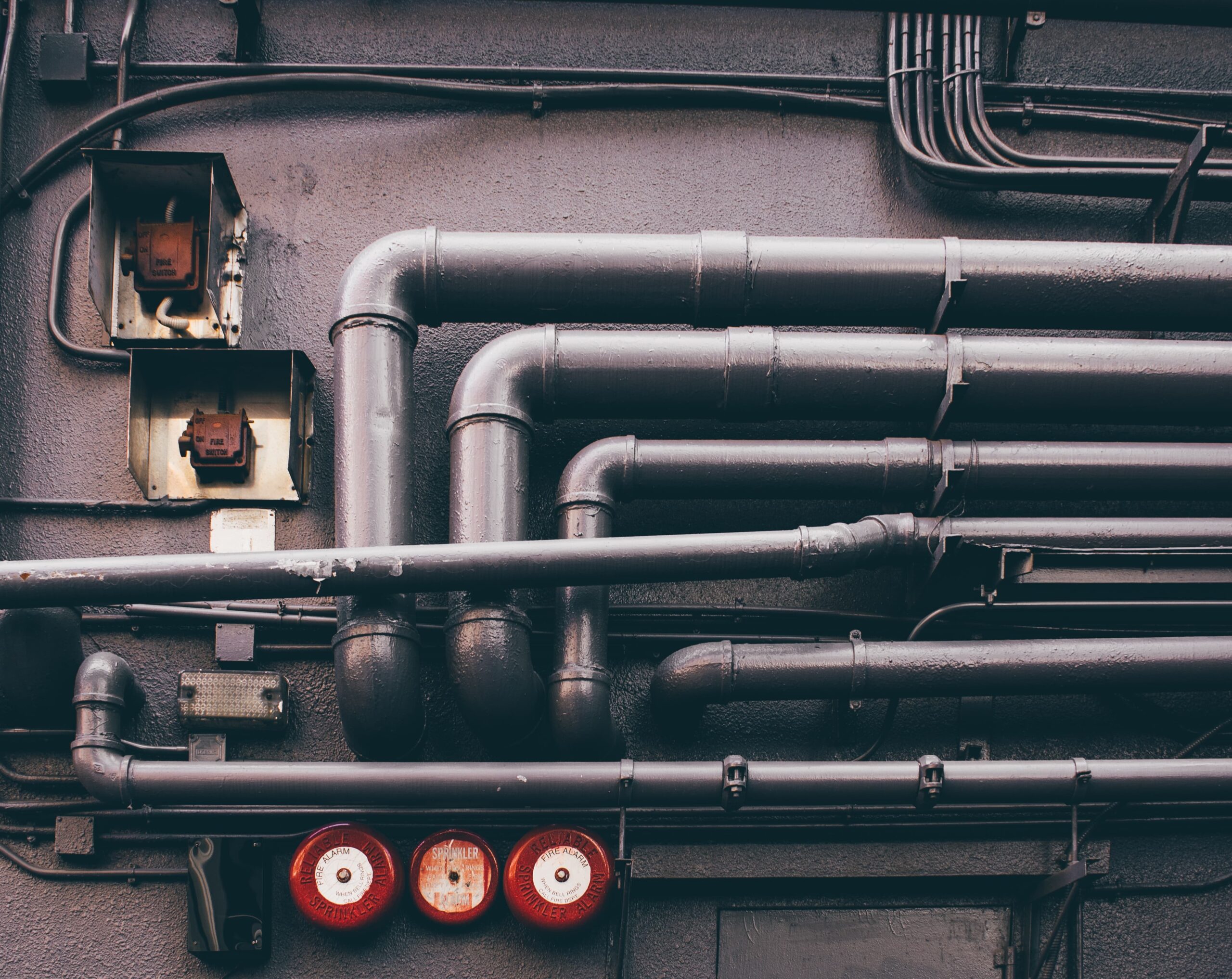Download our publication on district energy
This article is part of our publication ‘District Energy’
Download nowPerspective
District energy
District heating


Design of and choice of system for district heating networks have a major influence on performance in terms of energy efficiency, CO2 emissions and operating costs.
The pipe systems for transmission and distribution of district heating are capital goods for society and the district heating company. The pipe system is a way to provide customers with heat and by extension, comfort and convenience. The functionality of the district heating network has a major influence on how the district heating company performs in relation to energy efficiency, CO2 emissions and operating and maintenance costs.
The technical life span for today’s pre-insulated pipe systems is over 30 years. Therefore, it becomes important to review and optimize the long term Total Cost of Ownership (TCO) and thereby ensure the functionality and improve the energy efficiency of the pipe systems and the district heating operations over time. In that way, a modern pipe system safeguards the considerable investments related to transmission and distribution of
district heating.
The long technical service life of a pipe system means that choosing a high quality solution far outweighs the initial higher cost. Calculations, tests and experience prove that the major part of the TCO stems from heat losses from the pipe systems. Thus, minimizing heat loss during the entire operating period of the system will significantly improve efficiency and thereby lower he operating costs of the network. This is also illustrated by the example from Hillerød in Denmark below.
The TCO was applied in the selection of the pre-insulated pipe system installed in the Danish city of Hillerød.
Project details:
The different solutions considered by LOGSTOR:
The chosen solution:
The basis for evaluation of the incoming tenders included, in addition to the direct capital costs, operating costs related to the heat loss from the transmission systemduring a 30-year period, which makes up for approx. 40 per cent of the total capital costs. The technical value of the proposed products and solutions was also included in the evaluation.
The project owner decided to install a pipe system based on TwinPipes in insulation series 2 offered by LOGSTOR. This system provided the lowest TCO taking into consideration the investment cost and the heat loss cost over 30 years.
Benefits:
An energy efficient system with approx. 20 per cent energy savings in comparison to a solution based on Twin pipe series 1 and +40 per cent savings in heat loss in comparison to a traditional pair of single pipes in insulation series 2.
This article is part of our publication ‘District Energy’
Download nowTotal Costs of Ownership is influenced by several parameters:
The design of the pipe system must be based on the real operating assumptions in a way that secure the minimum expected life span of more than 30 years. This is secured by using the guidelines in the European standard EN 13941 resulting in simplifying the system and reducing the number of
compensators, U-loops etc.
The components must be chosen so thatthey fulfill the functional requirements for the pipe system. This goes for the pipes, T’ees, valves etc. but especially for the jointing system, where the lifespan relies not only on the product itself but also on a proper installation.
The greatest contributor to the TCO is theheat loss from the pipe system. Therefore, it is essential to choose pipe systems with the optimal insulation properties. In addition, heat loss can be reduced by choosing TwinPipe systems instead of a single pipe system, using higher insulation thickness and choosing pipe systems with a diffusion barrier between the outer PE casing and the PUR foam. The diffusion barrier secures that the initial low heat loss remains unchanged during the life span.
In order to monitor the pipe system continuously over its lifespan, the system should be designed with a surveillance system that can detect at any time if there is a defect in the system and moisture is coming into the foam. If this happens, an alarm will be given immediately and repair can be arranged in good time. This ensures the expected long lifespan.
solutions
Combined heat and power production
+6
publications
Combined heat and power production
+9